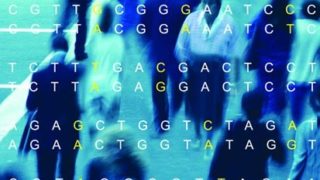
Electrical stimulation allows nine paralysed patients to walk
Electrical stimulation of the spinal cord can help recover mobility in some paralysed patients. However, the mechanism underlying this partial recovery of function remains unknown. A recent human study has confirmed the involvement of a group of cells previously identified in mice, paving the way to targeted treatments. In a recently published study in Nature […]








